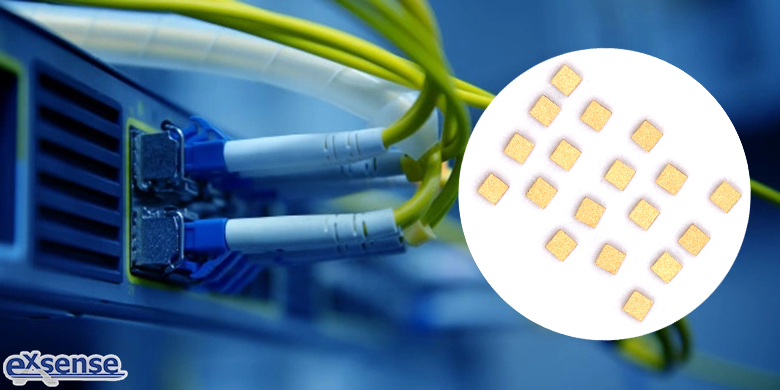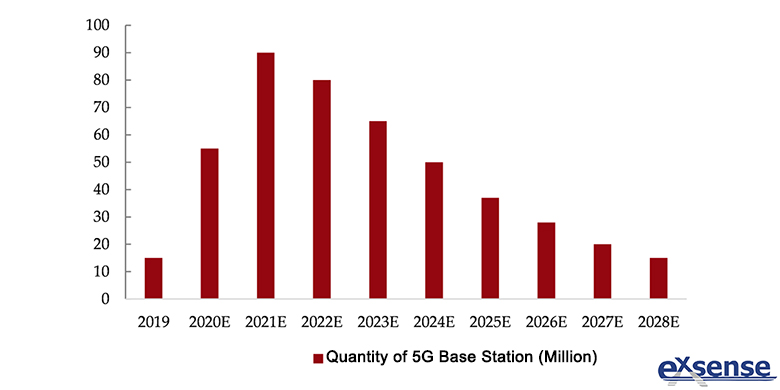
Optical communication can be divided into four links in the industrial chain: optical chip, electric chip and other core components production, optical device encapsulating, optical module encapsulating and optical communication equipment production. Among them:
First, the core component production mainly includes optical chips and electrical chips. The optical chip is the core to realize the photoelectric conversion inside the optical module, and the electric chip is the core component to process and modulate the electric signal inside the optical module.
Second, optical device encapsulating is encapsulating the optical chips, electric chips and other components into optical devices, according to the need to achieve photoelectric signal conversion, which can be divided into active devices and passive devices. Optical device is the transition product of optical chip and optical module.
Third, optical module encapsulating is to encapsulate various optical devices and other components into optical modules, which is the core to realize photoelectric conversion in optical communication. The optical module products are in the stage of rapid iteration and upgrade, and domestic manufacturers have their own costs and technological advantages.
Fourth, the production of optical communication equipment is to integrate optical modules into optical communication equipment and directly ship to terminal customers, which has the monopoly advantage of capital. At present, several domestic mainstream manufacturers have global advantages.
In recent years, the telecommunications market and the data center market have been the main downstream markets for optical communications. With the advent of 4K/8K display screens, applications such as HDMI fiber cables have also begun to enter the market. In the telecommunications market, optical communication is mainly used in transmission bearing network, fixed-line access network and wireless access network. In 5G era, in order to realize the functions such as flexible scheduling and networking protection, as well as the convenient performance guarantee such as large bandwidth and low delay, the communication network architecture evolves from two levels to three levels, and the requirements for middle-haul optical module added, the rate requirements for front-haul and back-haul optical module are upgraded. Therefore, the number of optical modules required for 5G construction increased sharply, and the optical communication chip was upgraded from 10G to 25G. From 2019 to 2023, the construction scale of 5G macro station of Chinese three major operators will reach 4 million stations, which will drive the significant growth of the demand for telecommunication optical modules, and the demand for 25G series chips will surge accordingly.

Optical communication in the data center market is mainly used in the interconnection between servers and switches, switches and switches in data centers. With the up-sizing trend of data center and the flattening development of internal architecture, the optical module of data center is updated every 3~4 years on average. In 2019, Amazon, Google and other data center leaders have entered the layout of 400G digital communication (25G/50G optical chip is required). With the continuous growth of data center demand, data center is expected to become the largest terminal demand in the optical communication industry.
In the consumer electronics market, with the continuous development of smart home, smart car, AR/VR and other applications, the bottleneck of traditional copper cable transmission mode in terms of bandwidth, delay and transmission distance becomes increasingly apparent, the transmission of signals with light wave as the carrier can ensure high-quality data transmission. HDMI fiber optic cables, etc. are gradually starting to enter the market.
Gold electrode NTC thermistor chip for optical communication produced by EXSENSE Electronics Technology Co., Ltd., with characteristics of high accuracy (can up to ±0.5%, ±1%, ±2%, ±5%), great reliability, high sensitivity,which plays the role of temperature monitoring and temperature control in the optical communication module.




